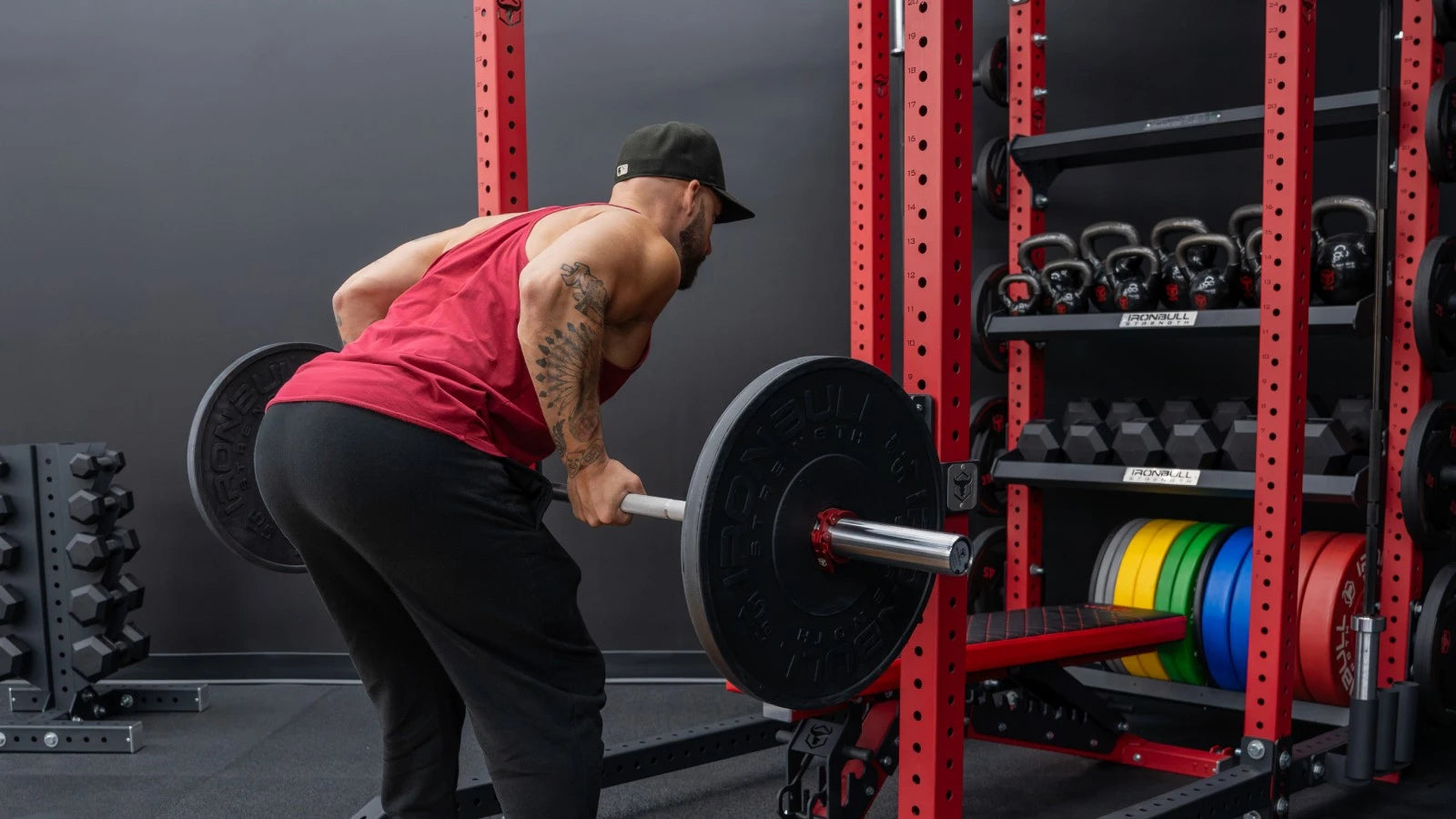
High-Lifting Rack Training: Your Guide to Strength and Mass Development (Part 1)
Partial range lifting offers unique benefits for both strength and muscle growth when used correctly alongside full-range movements. Here's what you need to know:
Hypertrophy Benefits:
- While partial movements reduce muscle fiber lengthening, they allow for higher loads and tension
- Higher reps (2-4 more than full range) are recommended for partial movements
- Most effective when targeting specific portions of a movement where tension is highest
- Can effectively isolate certain muscles (e.g., triceps in partial bench press)

Man performing squat in power rack
Strength and Performance Benefits:
- Greatest strength gains occur in the trained range of motion
- Combines well with full-range movements for optimal results
- Particularly effective for sports-specific training (accentuation training)
- Can help break through plateaus and strengthen weak points
Three Main Partial Movement Methods:
-
Free Partials (Sipes Method):
- Regular movement with reduced range
- Better transfer to full range
- Harder to maintain consistent range
-
Pin Press/Pull (Ditillo Method):
- Starts from safety pins
- Allows proper reset between reps
- Pure concentric focus
- Requires controlled lowering
-
Board Press/Box Squats (Westside Method):
- Uses boards or boxes as range limiters
- Maintains tension throughout movement
- Good balance of benefits
- Requires proper technique
Practical Applications:
- Use in combination with full-range movements
- Increase reps slightly compared to full-range work
- Focus on controlling the weight throughout the movement
- Select method based on training goals and experience level
- Can be safer when performed correctly from pins
- Helps overcome psychological barriers with heavier weights
